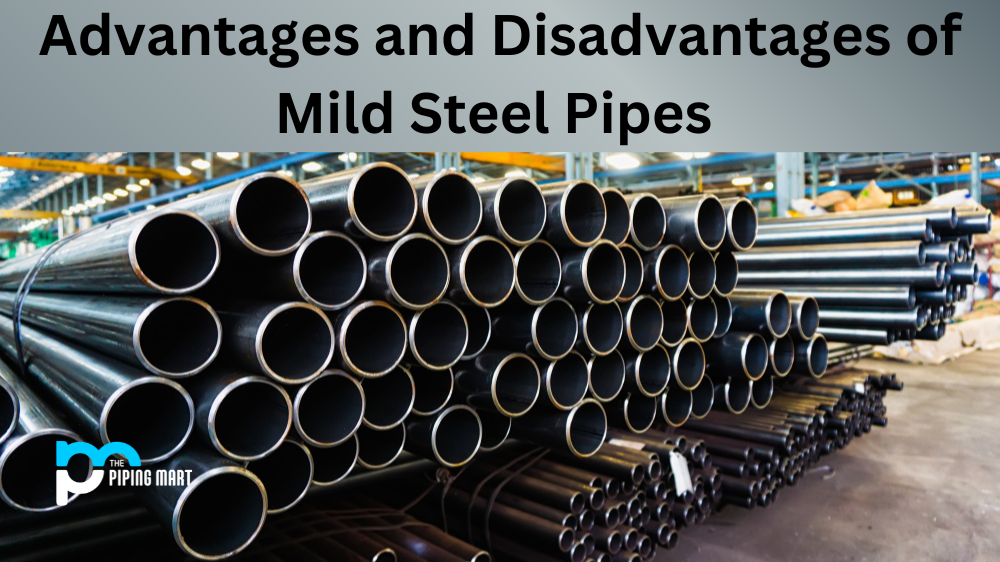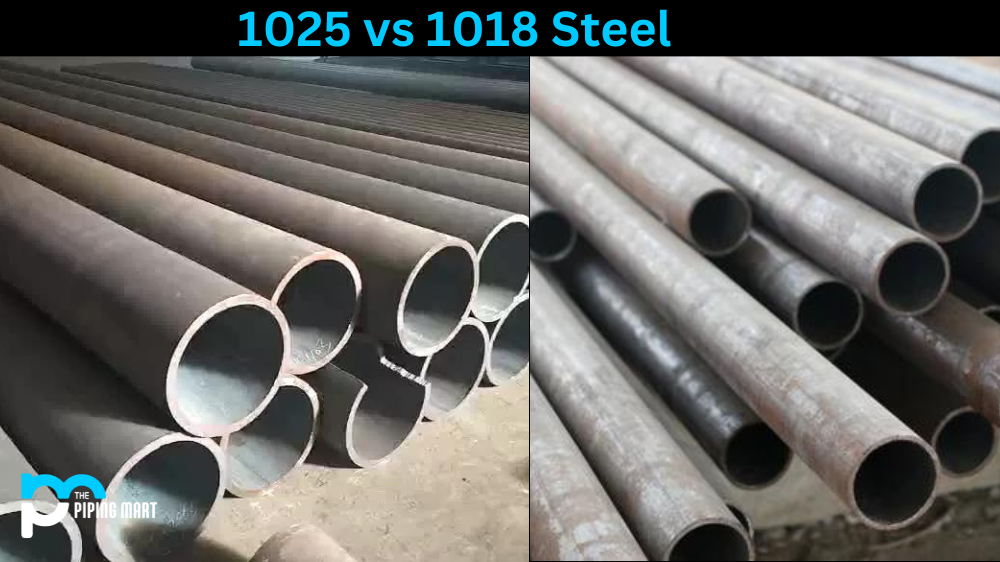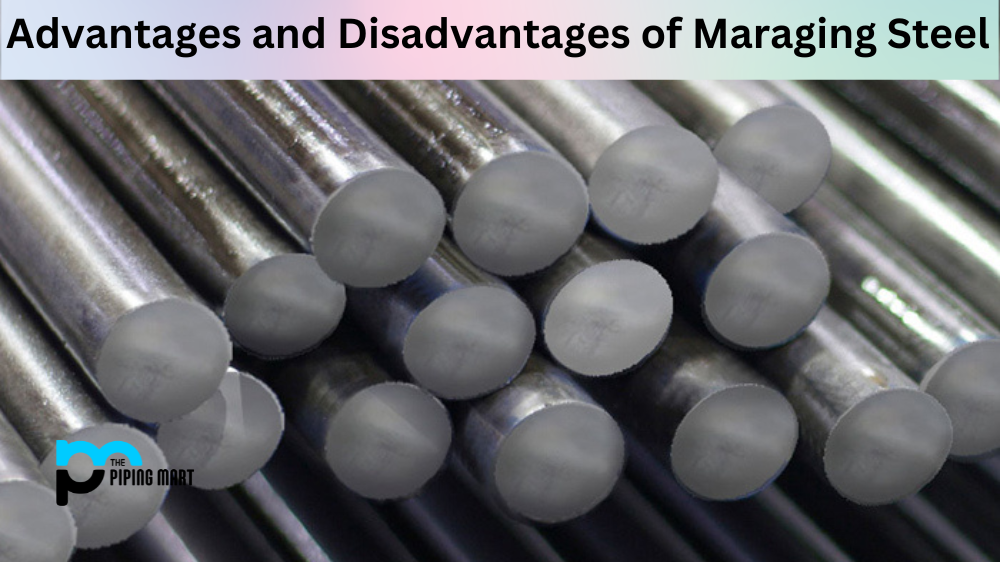When it comes to construction, mild steel pipes are an excellent choice for strength and durability. They are often used in structural applications, such as supporting walls, foundations, and beams, as well as in plumbing and piping systems. However, there are both advantages and disadvantages to using mild steel pipes that should be considered before making a decision. Let’s take a look at the pros and cons of mild steel pipes.
5 Advantages of Mild Steel Pipes
One of the major benefits of using mild steel pipes is that they are strong and durable. This makes them ideal for structural applications where they will be supporting heavy loads or exposed to extreme weather conditions. Additionally, mild steel pipes can be easily fabricated into any shape or size you need without too much difficulty. This allows for a great deal of flexibility when it comes to customizing your project.
Mild steel pipes also have good thermal properties, which make them an ideal choice for hot water transportation systems like boilers and radiators. They are also relatively inexpensive compared to other types of piping materials, such as stainless steel or copper. Finally, they can be easily galvanized in order to extend their lifespan even further by protecting them from corrosion and rusting caused by harsh weather conditions.
Increased Strength
Mild steel pipes are made from a low carbon steel and have a relatively low strength. However, they can be strengthened through cold working or heat treatment. This makes them ideal for use in applications where increased strength is required.
Good Ductility
Mild steel pipes also have good ductility, meaning that they can be bent or formed into shapes without breaking. This makes them ideal for use in applications where a certain shape is required, such as in piping or tubing applications.
Increased Corrosion Resistance
Mild steel pipes have an increased corrosion resistance when compared to other types of steel. This is due to the fact that they contain less carbon, which makes them less susceptible to corrosion.
Good Weldability
Mild steel pipes are also good weldability, meaning that they can be easily joined together using welding techniques. This is important in applications where two or more pieces need to be joined together, such as in piping or tubing applications.
Low Cost
Mild steel pipes are also relatively low cost when compared to other types of steel. This makes them ideal for use in a wide variety of applications where cost is a major consideration
Disadvantages of Mild Steel Pipes
Despite the many benefits of using mild steel pipes, there are also some drawbacks that should be taken into consideration before making a final decision. For example, although mild steel pipes are strong enough for most structural applications, they may not be suitable for use in seismic zones due to their lack of ductility, which can lead to brittle fractures under high-stress levels. Additionally, they can corrode over time if exposed to moisture or acidic environments, which can weaken the structure or cause leaks in plumbing systems over time. Finally, they are prone to rust if not properly maintained, which means regular cleaning is needed in order to keep them looking good and functioning correctly.
- Mild steel pipes are not as strong as other types of steel pipes.
- They are susceptible to corrosion and rusting.
- They are not as resistant to high temperatures as other types of steel pipes.
- They are not as resistant to high pressures as other types of steel pipes.
- They are not as resistant to chemicals as other types of steel pipes
Conclusion:
In conclusion, mild steel pipes offer a variety of advantages such as strength, durability, flexibility with fabrication options, and low cost compared with other materials like stainless steel or copper piping materials; however, there are also some drawbacks such as lack of ductility when subject to high-stress levels or exposure to corrosive elements that could lead to corrosion over time if not properly maintained or protected against rusting with regular cleaning or galvanizing treatments. Therefore when considering using these materials, it is important that you weigh up all the pros and cons carefully so you can make an informed decision regarding whether this is the right material for your needs. As long as these considerations have been taken into account, then mild steel pipe could provide an excellent solution for your construction needs!

Abhishek is a seasoned blogger and industry expert, sharing his insights and knowledge on various topics. With his research, Abhishek offers valuable insights and tips for professionals and enthusiasts. Follow him for expert advice on the latest trends and developments in the metal industry.




